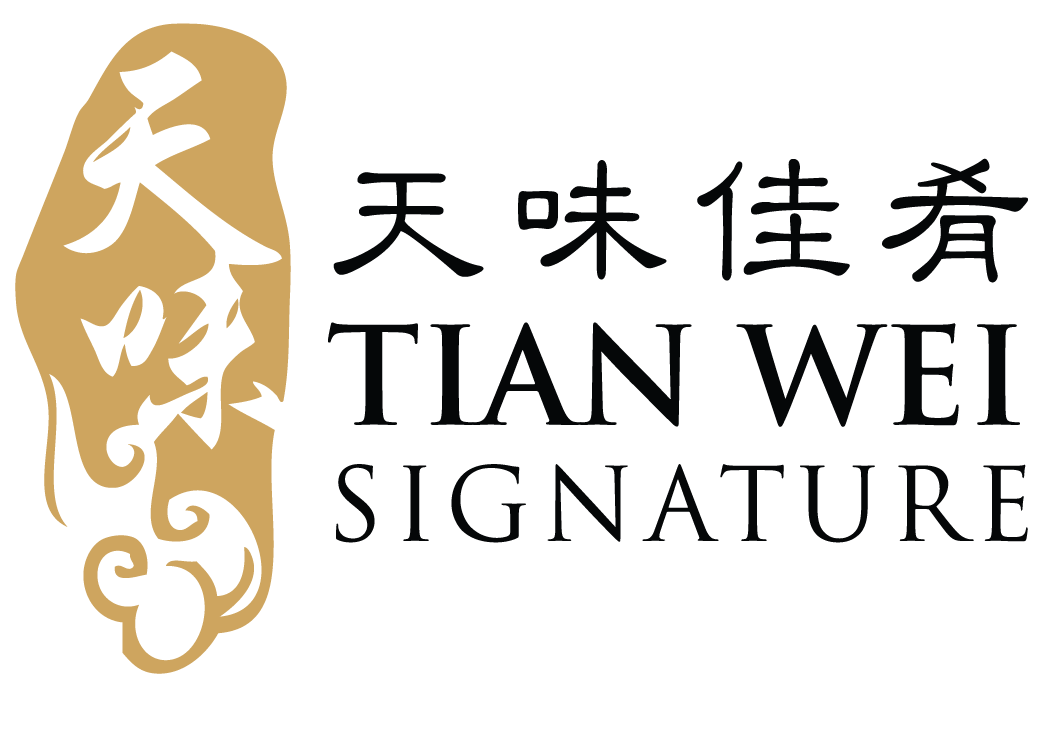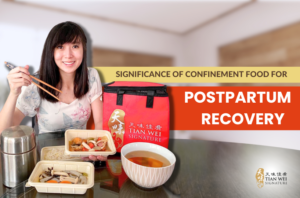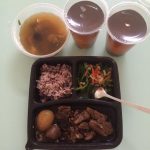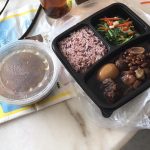81 Tagore Lane, TAG A, #01-11 Singapore 787502 ♦ Reservation : +65 6727 5599
Dietitian Shares: Why Mothers with Gestational Diabetes Mellitus Still Need to Eat Well After Giving Birth

Gestational Diabetes Mellitus (GDM) is a type of condition where a woman has diabetes during pregnancy temporarily until she gives birth. Some of the increased risk for these mothers are having larger babies, higher risk of going through emergency c-section as well as higher risk of premature delivery. Nobody would like to be diagnosed with gestational diabetes mellitus. Neither do we wish it on anyone. That being said, it is not the end of the world. With some dietary management and conscious lifestyle changes, mothers can definitely limit and avoid the worst of Gestational Diabetes Mellitus.
Braving through pregnancy with GDM and giving birth with a healthy baby and a healthy you is definitely a victory worth celebrating! Without minimizing the achievement, it is important for mothers to continue eating well after giving birth. Why so?
Increased Health Risk of developing diabetes earlier in life compared to women who did not have GDM
One of the main reasons is because mothers who had diabetes during pregnancy would have a higher risk of developing diabetes as she grows older. Without sustainable eating and lifestyle changes, there would be unmanaged blood glucose which could lead to higher risk of heart problems, kidney problems and blood pressure.
Increased health risk of developing gestational diabetes in the next pregnancy
This is a concern not just for mothers but also for the baby. When a mother has GDM, it affects the long term health risk of the baby, conferred through genetic programming in the womb. This basically means that a baby’s future risk of obesity, metabolic syndrome and diabetes would be higher too when he or she grows into an adult.
Tips to make it easy for mummy and the family to eat well together
Gestational Diabetes does not put a curse on you when you consume carbohydrates. It is still very important for you to have carbohydrates in your diet. You can still have carbs and enjoy them! They are your source of energy! So here’s what you could do:
- Setting aside a fixed portion size of grains and cereal intake throughout the day would help to limit excessive intake.
- Besides that, change your grains and cereals to wholegrains such as brown rice, whole wheat, red rice and brown rice noodle. Such foods have higher fiber content which helps to manage insulin and blood glucose well. If you find brown rice, red rice or black rice not palatable, remember that everyone starts somewhere! You can always make baby steps by mixing them with white rice and gradually increasing the ratio of other wholegrains into your staple. Before you know it, you would be enjoying wholegrains more easily than you think!
- If you are looking at snacks in between meals, try to pair your carbs with a protein or fat. So for example:
- have crackers with cheese slices
- apple slices with peanut butter
- banana with a glass of milk
- granolas with yoghurt
As you can see, your options can still be fun and endless!

- Other tips that mummies can do is also to ensure that she eats at least half a plate of vegetables. Consuming your vegetables first, subsequently your chicken or meat and lastly your staple, would help to control and minimize excessive staple which is high in carbohydrate content. You would also feel full faster,
- What is very important for mummies to do is also exercise. Exercise has been shown to help improve insulin sensitivity which helps it to work more effectively to control blood sugar levels. It is recommended that exercising of moderate intensity for at least 30 minutes, 5 times a week is very beneficial for the heart and overall health. So if mummies, even if you are not fit or you are fearful of high intensity exercises, try at least brisk walking or so. It would be very helpful to keep you having a smooth pregnancy even with diabetes or even during postpartum.
In conclusion, you just need to know that all you have to do is make small achievable steps towards a healthier and more diabetic friendly eating habit. Small tweaks may look like nothing today, but a little bit every day is what makes these lifestyle and dietary changes sustainable and lifelong. Thus, when you decide on your Chinese confinement food menu. Do try to look out for different possible dietary modifications that your caterer is able to provide. Look through confinement catering review and make comparisons so that you have a clearer idea about what you are signing up for. Confinement dishes should be tailored to your needs so that your needs are supported well as you focus on recovering and getting better.







